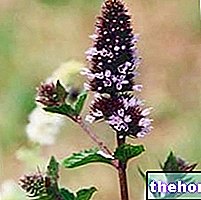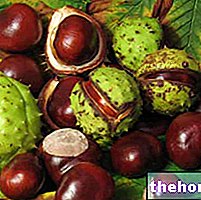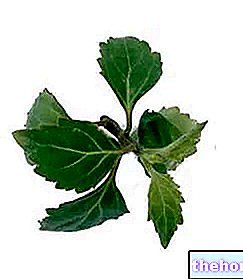
Scientific name
Equisetum arvense
Family
Equisetaceae
Origin
Horsetail is a plant found in all humid locations in the world, excluding New Zealand and Australia
Synonyms
Ponytail, Horse TailParts Used
Drug consisting of sterile stems
Chemical constituents
- Silica;
- Flavonoids (isoquercetin);
- Tannins;
- Saponins;
- Organic acids;
- Phytosterols;
- Mineral salts (potassium, calcium, magnesium, zinc);
- Vitamins;
- Traces of alkaloids.
Horsetail in Herbalist: Properties of the Equisetum
Horsetail, due to its high content in silica and minerals, is used for its diuretic and mineralizing properties, especially for bone tissue; moreover, it promotes bone growth, teething and the growth of nails and hair.
Modern phytotherapy uses horsetail - in the form of standardized silicon extracts - electively in the prevention and treatment of osteoporosis, while the same fluid extract can be used for diuretic purposes.
Horsetail is quite useful in the adjuvant treatment of skin stretch marks, thanks to its firming, smoothing and elasticizing properties.
Considering its astringent properties, horsetail can be used as a base for washes for reddened eyelids, eye drops for inflamed conjunctiva, rinse and gargle for the mucous membranes of the mouth and throat.




























